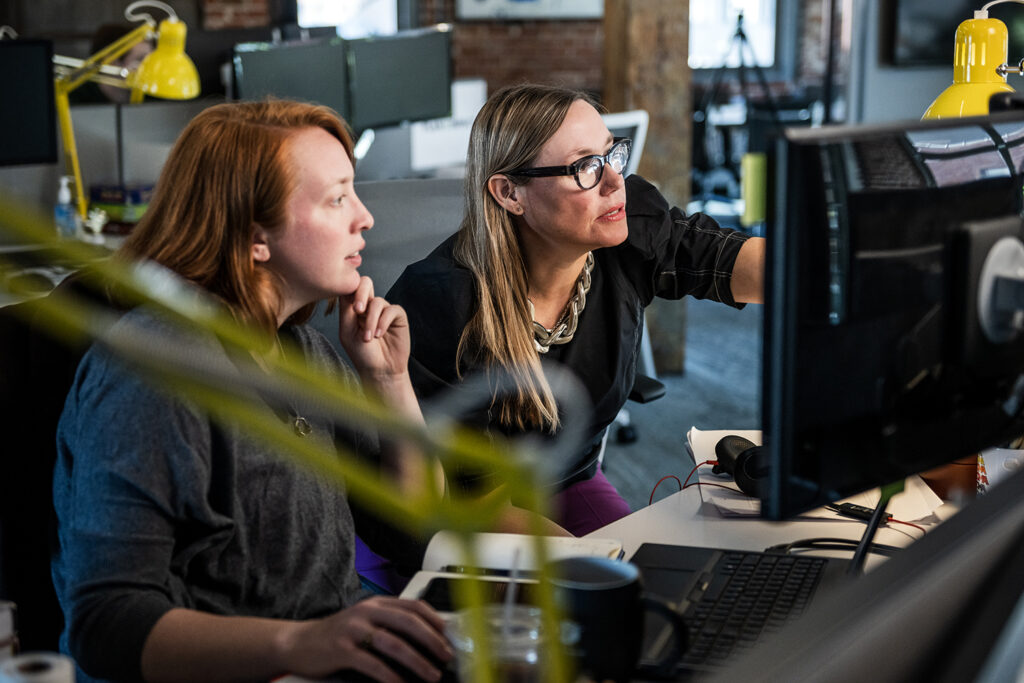During this difficult and stressful time, I’m blessed to both be surrounded by an amazing family and to be part of an ecosystem of entrepreneurs and designers who are, more often than not, optimists. On our Zoom happy hour calls, conversations often circle to how we’re finding the positive amid all of the chaos. While profoundly saddened by the daily reports of suffering, I can’t help but be equally in awe of the reports of our natural environment resurging in the face of minimized human activity: since the lockdowns, there have been reports of wild animals returning to their former habitats, and Los Angeles, notorious for its traffic, is reported to have the cleanest air among all major US cities. Decreased transportation is a big piece of this, but reduced commercial and industrial operations also have significant impact. According to some reports, we may actually lower our carbon dioxide and GHG emissions this year for the first time in decades.
However, as the United Nations has warned, we should not see this COVID effect as any consolation or “silver lining”. Without a radical change in how we do business, should the economy and its processes return to the status quo, these environmental gains will quickly be lost. There is a meaningful opportunity here to rebuild in ways that heal not just people, but the planet as well. The UN is challenging communities to be creative and “in the aftermath of the crisis, when economic stimulus packages composed of infrastructure are designed, (create) a real opportunity to meet that demand with green packages of renewable energy investments, smart buildings, green and public transport, etc.”
The importance of sustainable practices on human wellbeing cannot be understated. Research has continuously noted that communities of color are more likely to be exposed to harmful pollutants, pollutants which result in higher rates of asthma, cancer, and other health challenges. Health reports, such as a recent story in the New York Times, discuss the link between air quality and death rates from COVID-19. Partly in relation to the spatial breakdown of air quality, higher fatalities are being linked to minority populations. This situation is simply unacceptable.
This entire experience offers clear evidence that with the adamant pursuit of sustainable practices – such as zero-emission cars and the achievement of net-zero energy for our larger commercial buildings and manufacturing facilities – we would be able to make significant improvements in the health of the environment, and quickly! And this might be what we need to do to avoid further catastrophic pandemics in the future.
We as a design and planning community can work to solve this challenge. Because ultimately, sustainability is a public health issue.




